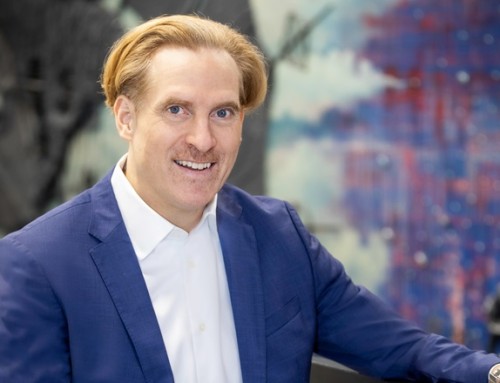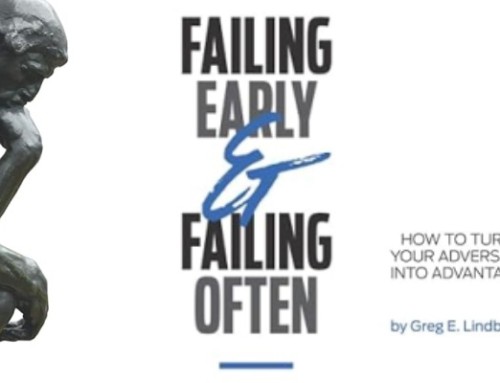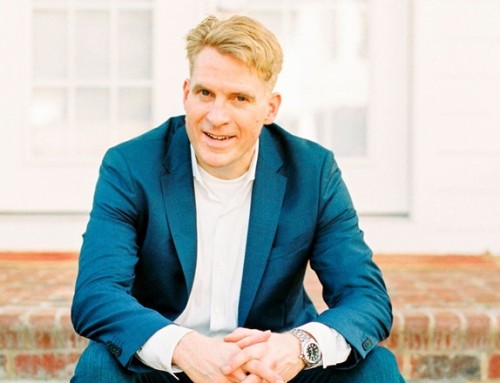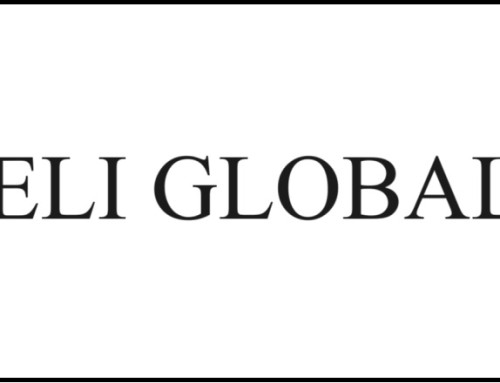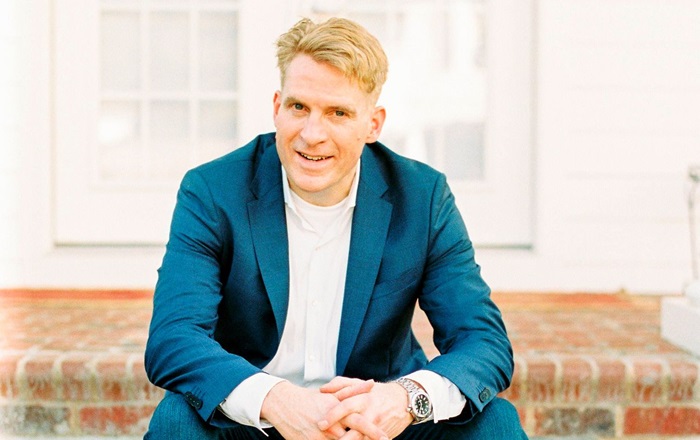
Excerpt from Failing Early and Failing Often
I began in 1991 as a 21-year-old student reading a newsletter and thinking, “I can do better.”
My main competitor didn’t take me seriously until it was too late. My newsletter, Home Care Week, became a significant competitor in the industry. By 1998, my company, Eli Global, comprised 12 people working out of one big room full of folding tables and computers. We published Home Care Week and Rehab Report and had just launched Home Care Compliance Alert.
That same year, cuts to home care funding from the Balanced Budget Act of 1997 hit us hard and made us grow up. We let go of quality people. We worried about meeting payroll and paying our printing bill.
We built up our products in the health care space and started looking at acquisitions. Our first acquisition was the Travel Research Bureau in 2000. We bought the company for the price of taking over the owner’s debts and cleaning out his office. My IT director and I rented a U-Haul and came back with a pile of files, furniture, a glass pumpkin candy dish and a microwave. The microwave was a handy addition to our poorly equipped break room. However, the most valuable thing we got from the acquisition was a tough lesson. The Travel Research Bureau addressed the complex connection between travel agents and ticketing entities … just as companies such as Travelocity were transforming the industry.
Our next big step was buying The Coding Institute in 2002. We had to deal with prima donna writers who were extremely expensive and modestly talented. They left the company, thinking they had dealt us a fatal blow. We then hired brilliant people with great attitudes and gave them two weeks to master material that took most people a year. Ninety percent of them succeeded and became the core of Global Growth’s editorial excellence. Some of these writers are millionaires today because of the stock appreciation rights in our group of companies that they received.
Our third big step was completing a $40 million acquisition in 2006. We’d had our eye on the company for years, as did several other suitors. But we were scrappier. We found the owner’s contact information from a colleague of a colleague. We e-mailed him to say, “We are going to be on your front doorstep Monday, and we will do what it takes to buy your company.”
Our first India office was a real game-changer. We found a new way to live by our “and, not or” philosophy. Opening our Faridabad office in 2007 allowed us to cut costs while investing in growth and product development.
After Faridabad, our globalization strategy really took off. We opened offices in the Philippines and Malta. We bought our first non-U.S. company in Ireland. In the meantime, our publishing business was faltering. Workflow products and information in real time were replacing newsletters. So, we transitioned our products into software that integrated into the customers’ daily activities.
Our health care business grew, while our print-based competitors faltered.
In 2012, we saw we had a knack for growth. We were successful in taking “okay” businesses and making them great. Our growth was limited by two factors: access to great leaders and access to capital. We invested in leadership development, bringing in robust executive coaching to grow internal leaders while creating an aggressive recruiting team to find them externally.
I learned some hard lessons during those early years:
• Have the financial discipline to run your company as if there is about to be a recession.
• No matter how good the deal, you must look at long-term market-drivers.
• Build a loyal community, and you have built a barrier to entry for your competitors.
• Ignore people who tell you that you won’t succeed. Just prove them wrong.
• Roll up your sleeves and get your hands dirty.
• Embrace a location-agnostic business philosophy, or you will get left behind.
• Innovate or die.
